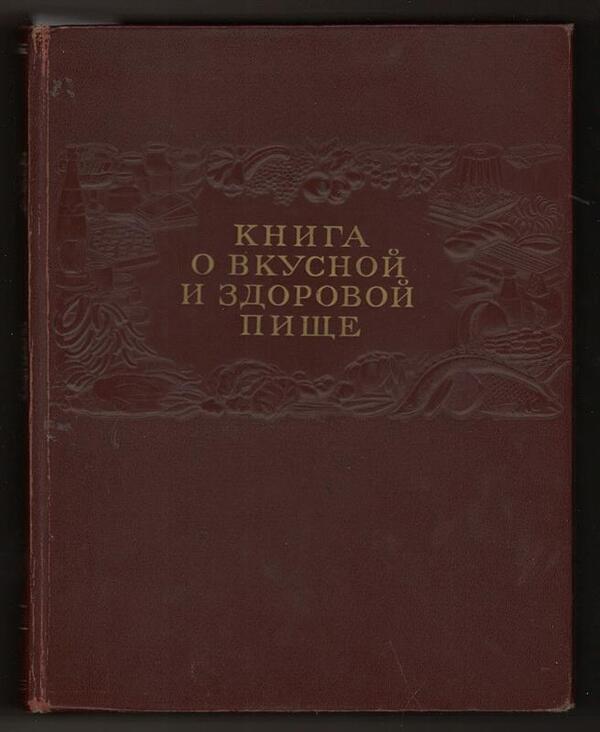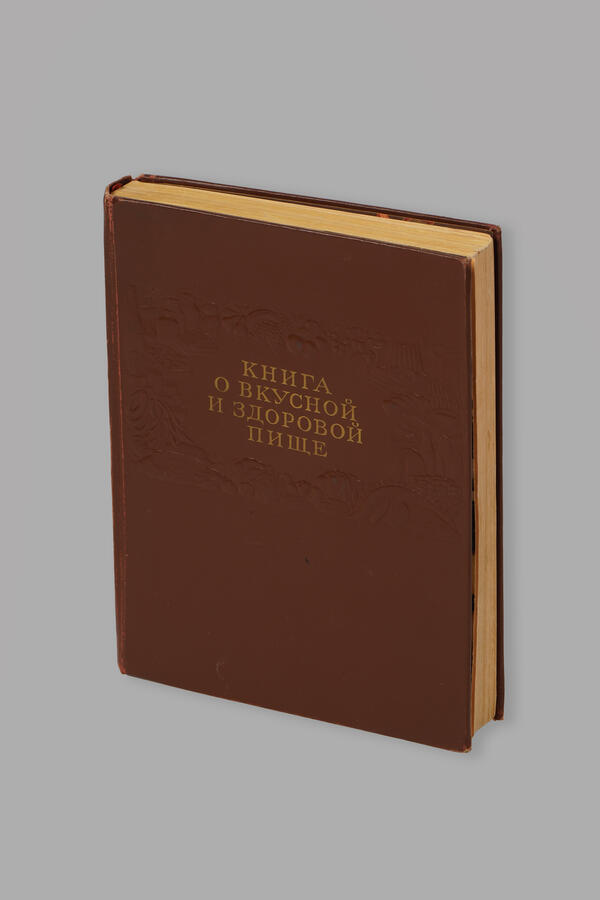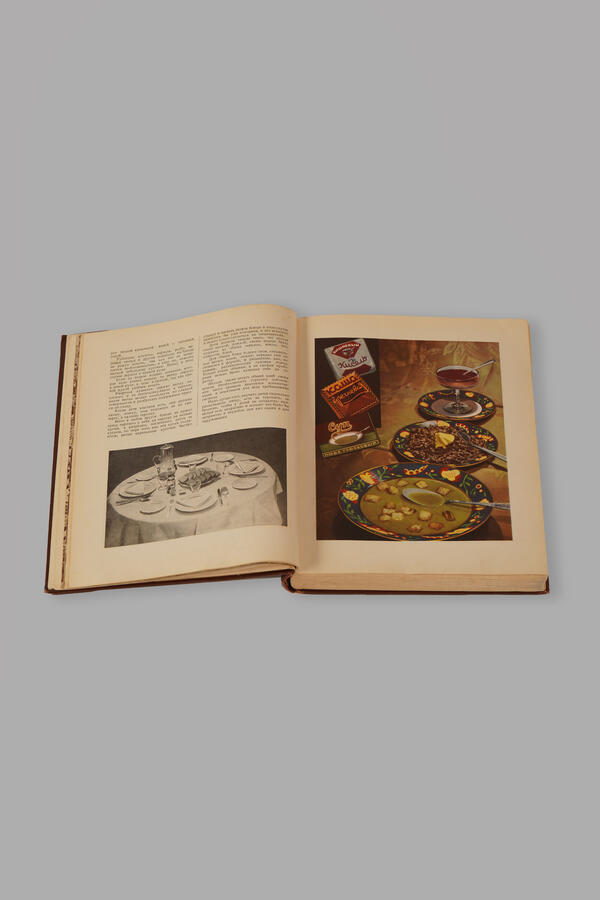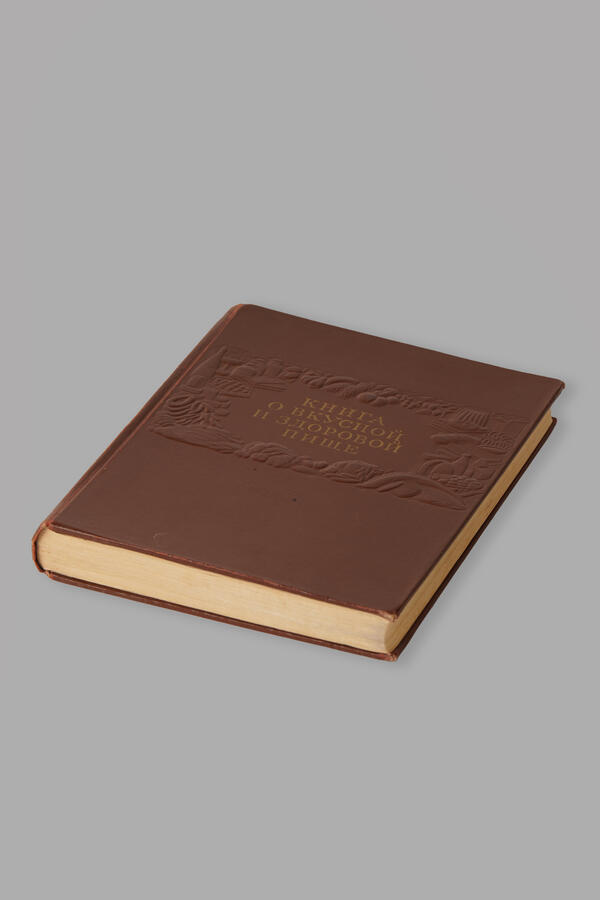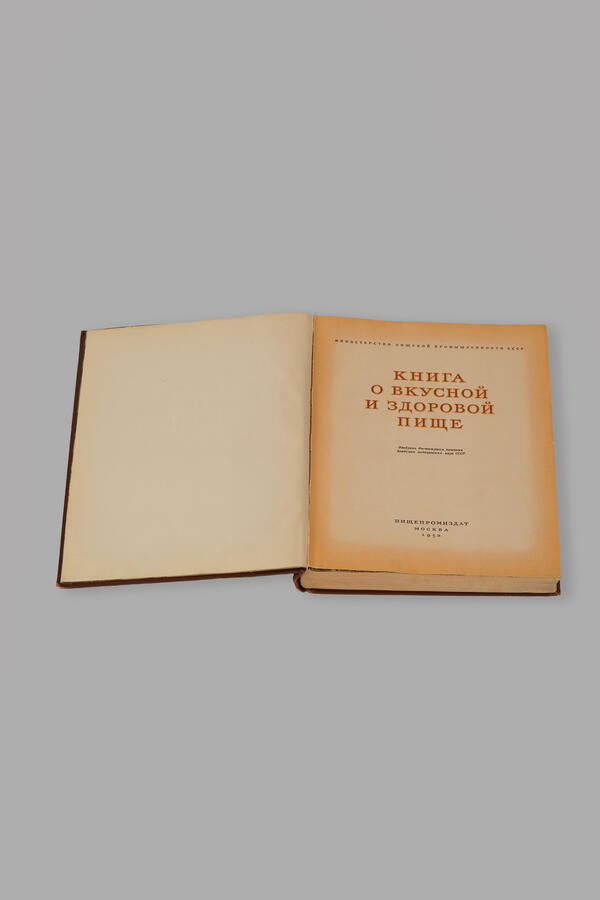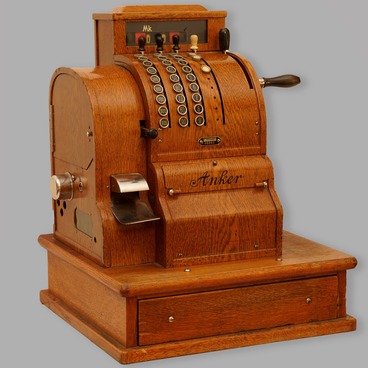The first known recipes were inscribed on clay tablets used by the inhabitants of Ancient Mesopotamia. In the middle of the 1st century BC, real cookbooks appeared in the Roman Empire.
In 1330, the Chinese nutritionist Hu Sihui wrote a book on the most important dietary principles. In the Middle Ages, recipes could be found in manuscripts dedicated to hunting and agriculture. In medical treatises, scholars analyzed the beneficial and harmful properties of food.
During the Victorian era, Europeans and Americans paid great attention to good housekeeping. The trend manifested itself in various manuals and collections of recipes.
In Russia, traditional dishes were first mentioned in “The Tale of Bygone Years”. In “Domostroy” (at the beginning of the 16th century) valuable advice was given regarding the preparation and storage of food and the order of courses during the meal. For example, the text specified that lunch should consist of four courses of dishes: cold appetizers, soup, fish or meat, and dessert.
“The Economic Instruction for Nobles, Peasants, Chefs and Cooks” by Sergei Drukovtsev that was published in 1773 is considered to be the first complete Russian cookbook. Most of the recipes were borrowed from foreign cookbooks. At the turn of 19th century, the public had become acquainted with Nikolai Osipov’s “Old Russian Housewife, Housekeeper and Cook” (1770) and several editions by unknown authors. Vasily Levshin’s contribution was a translation of “The Dictionary of Cooking, Preparing, Confectionary and Distillatory” that was dedicated to foreign dishes, and “Russian Cuisine”, which contained exclusively Russian recipes.
Ekaterina Avdeeva and especially Elena Molokhovets are rightfully considered the most popular food writers of the 19th century. In her book “A Gift to Young Housewives” (1861), Molokhovets developed an entire nutrition calendar, taking food prices at different times of the year and periods or religious fasting into account.
Old family recipes were kept in “family” cookbooks. Such books were kept in the families of Tolstoy, Wulf, and Pushkin-Hannibal.
“The Book of Tasty and Healthy Food”, approved by the Institute of Nutrition of the Academy of Medical Sciences of the USSR, was planned as a scientific work on rational nutrition, but successfully ended up on the shelves of Soviet kitchens. It was first published in 1939 and there were nine more editions. One of the authors of the book was a connoisseur of Russian cuisine William Pokhlebkin.
In 1330, the Chinese nutritionist Hu Sihui wrote a book on the most important dietary principles. In the Middle Ages, recipes could be found in manuscripts dedicated to hunting and agriculture. In medical treatises, scholars analyzed the beneficial and harmful properties of food.
During the Victorian era, Europeans and Americans paid great attention to good housekeeping. The trend manifested itself in various manuals and collections of recipes.
In Russia, traditional dishes were first mentioned in “The Tale of Bygone Years”. In “Domostroy” (at the beginning of the 16th century) valuable advice was given regarding the preparation and storage of food and the order of courses during the meal. For example, the text specified that lunch should consist of four courses of dishes: cold appetizers, soup, fish or meat, and dessert.
“The Economic Instruction for Nobles, Peasants, Chefs and Cooks” by Sergei Drukovtsev that was published in 1773 is considered to be the first complete Russian cookbook. Most of the recipes were borrowed from foreign cookbooks. At the turn of 19th century, the public had become acquainted with Nikolai Osipov’s “Old Russian Housewife, Housekeeper and Cook” (1770) and several editions by unknown authors. Vasily Levshin’s contribution was a translation of “The Dictionary of Cooking, Preparing, Confectionary and Distillatory” that was dedicated to foreign dishes, and “Russian Cuisine”, which contained exclusively Russian recipes.
Ekaterina Avdeeva and especially Elena Molokhovets are rightfully considered the most popular food writers of the 19th century. In her book “A Gift to Young Housewives” (1861), Molokhovets developed an entire nutrition calendar, taking food prices at different times of the year and periods or religious fasting into account.
Old family recipes were kept in “family” cookbooks. Such books were kept in the families of Tolstoy, Wulf, and Pushkin-Hannibal.
“The Book of Tasty and Healthy Food”, approved by the Institute of Nutrition of the Academy of Medical Sciences of the USSR, was planned as a scientific work on rational nutrition, but successfully ended up on the shelves of Soviet kitchens. It was first published in 1939 and there were nine more editions. One of the authors of the book was a connoisseur of Russian cuisine William Pokhlebkin.

